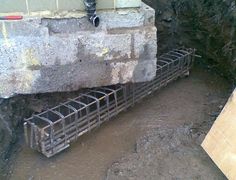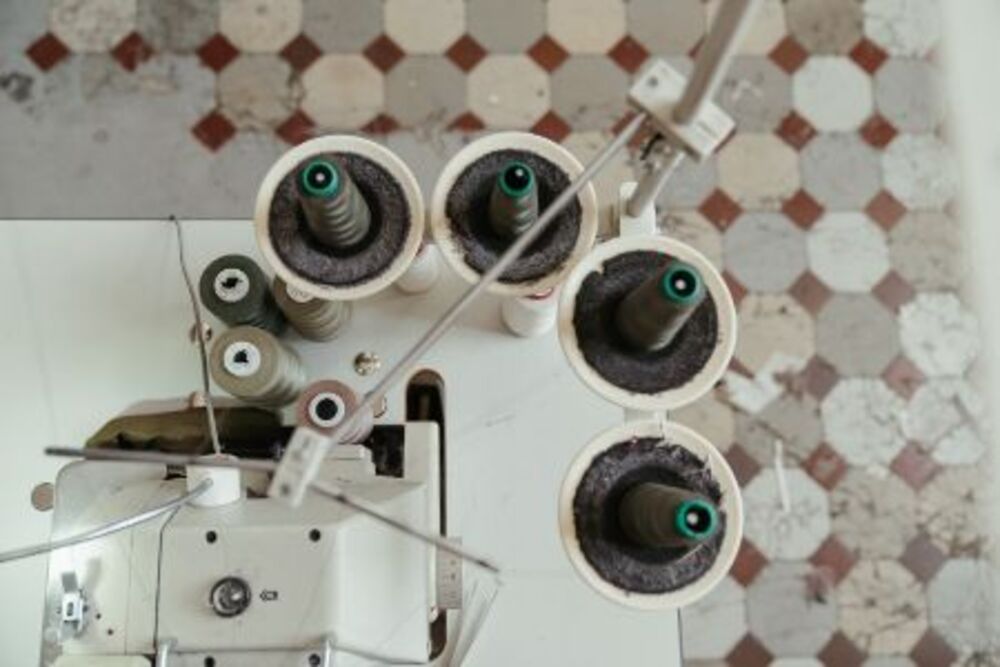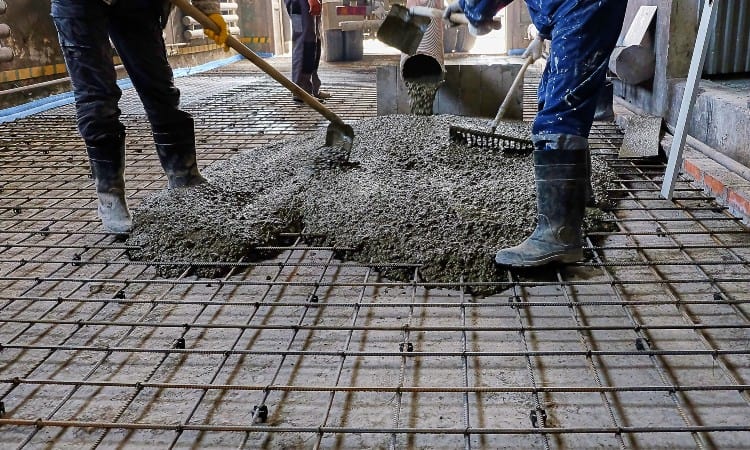
The Different Types of Underpinning
Underpinning is the practice of strengthening the foundations of structures. It may be an ideal solution for individuals residing on unstable soils that could otherwise cause their structures to shift, potentially leading to movement within their buildings.
Strengthening foundations may take many forms; most commonly it entails extending them deeper for added support, although new foundations could also be integrated into existing structures or used piers as anchor points.
Pin Method
Underpinning with pins utilizes controlled excavations of limited length to remove soil beneath an existing foundation and replace it with concrete to form a new one underneath it. It is an ideal option when ground conditions vary or access is limited, as it allows the excavations to occur at regular intervals without impacting on adjacent properties or activities.
This ancient Underpinning Melbourne technique has been employed for centuries. It involves widening an existing foundation until it stabilizes on an appropriate stratum, uncovering layers of soil using pins in stages, excavating carefully, then loading with dry sand cement pack through these pins into an excavation site. Once stable on such a stratum, all excavation sites are then filled up using these same pins with concrete through dry sand cement pack ‘pins.
At times, houses need to be underpinned due to insufficient footing depth or movement caused by clayey soil shifting. Underpinning contractors install new bored pier footings at 2m-3m centres around your existing house that are then connected via steel reinforced concrete to its foundations.
Pile Driving
Pile driving can produce considerable noise and vibration that can have adverse impacts on marine organisms inhabiting the seabed and nearby areas. Sound from pile driving is transmitted through both airwaves surrounding the hammer and into the water column.
Piling rigs are utilized for foundation projects like diaphragm walls, industrial and civil buildings, slope protection, seismic retrofitting and seismic retrofitting. Depending on the requirements of each project they may come equipped with either a screw anchor, rotary bucket or core drill to carry out drilling operations.
Successful pile driving requires an understanding of several engineering disciplines. These include knowing how the pile interacts with its environment (geotechnical engineering) and understanding its dynamics during construction and after installation (mechanical engineering). An experienced geotechnical engineer should be consulted when planning subsurface exploration programs, analyzing information gathered at sites, selecting foundation systems, rating contractor equipment submissions for submission rates and performing wave equation analyses that estimate penetration depths and drivability calculations.
Pier Method
Imagine your home’s foundation resting upon underground steel piers that securely and reliably transfer its weight to solid bedrock or load-bearing strata, providing the most cost-effective and long-term method of underpinning your structure – not to mention it being permanent repair that won’t be affected by changes to the ground beneath it! This type of underpinning solution offers both cost savings and reliability.
Drilled piers provide greater resistance to uplift than concrete piers, are easy to inspect for damage, and install quicker than bell-bottom pier methods.
Concrete piers present several challenges when used to underpin settlement, as they tend to sink and settle into the poor soil that caused its initial settlement, effectively defeating their purpose of underpinning. Furthermore, these structures can become vulnerable to water damage and often need replacing due to expansive or erosive soil conditions that make them fail more quickly than expected.
Needle Method
The Needle Method underpins existing walls & foundations by driving piles on either side of weak foundations to support weak areas. These piles are connected by needles acting as pile caps; providing an economical and quick method of underpinning particularly in waterlogged or clayey soil areas.
Needle features must be understood from an ultrasound wave perspective in order to create an accurate depiction. When these waves hit nonplanar surfaces, however, they scatter and produce an inaccurate representation of a needle.
This method can be completed from outside the building, enabling homeowners to remain inside while underpinning is being done. Furthermore, this approach requires less excavation, making it more environmentally-friendly than other underpinning methods and even better than its cantilever variation for protecting the planet by eliminating excavated soil disposal costs and speedier delivery than conventional underpinning techniques.


